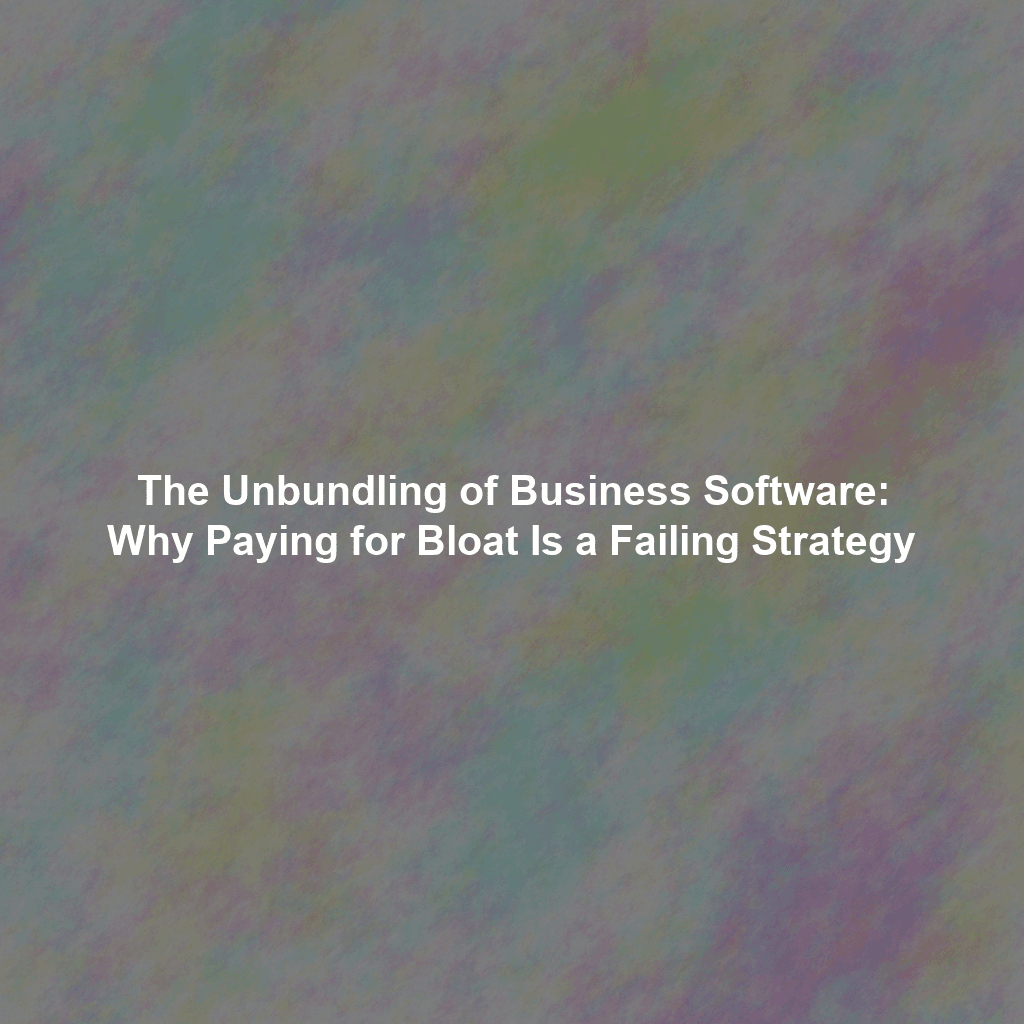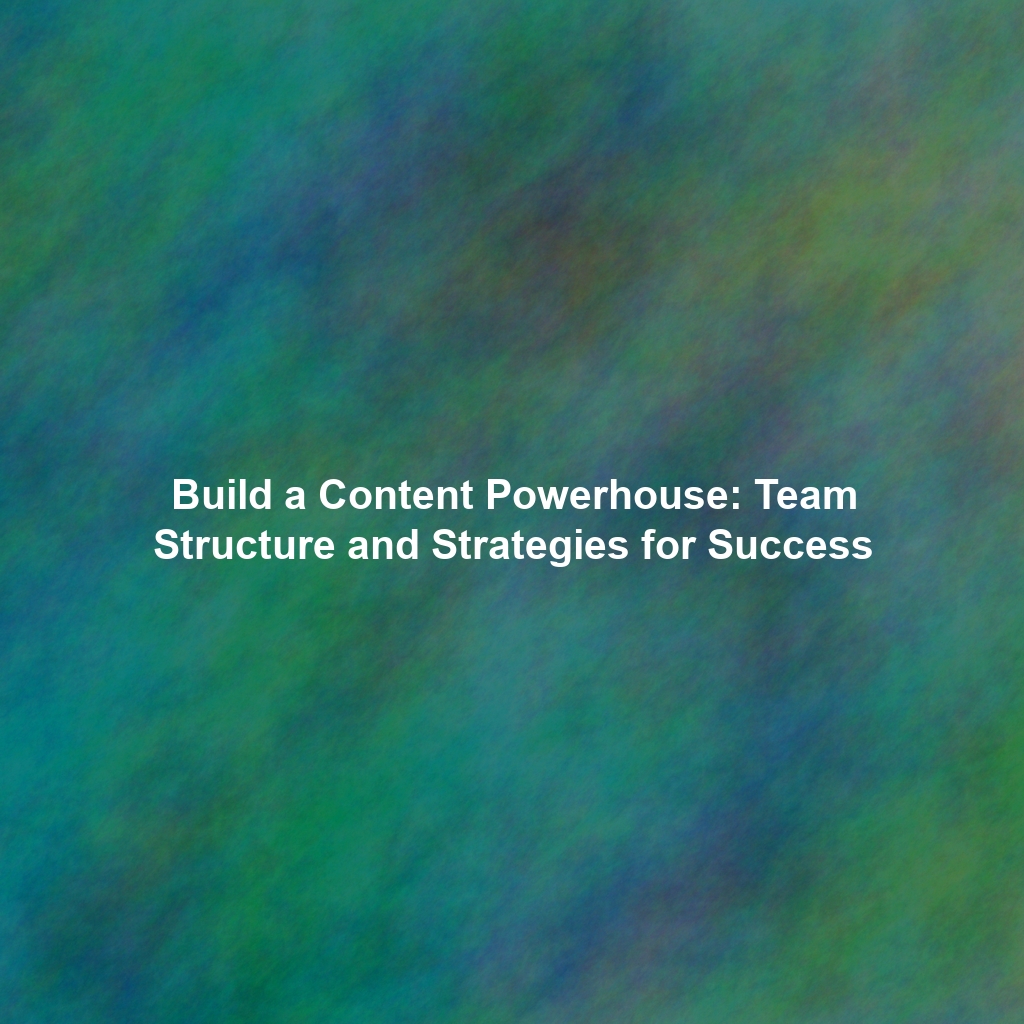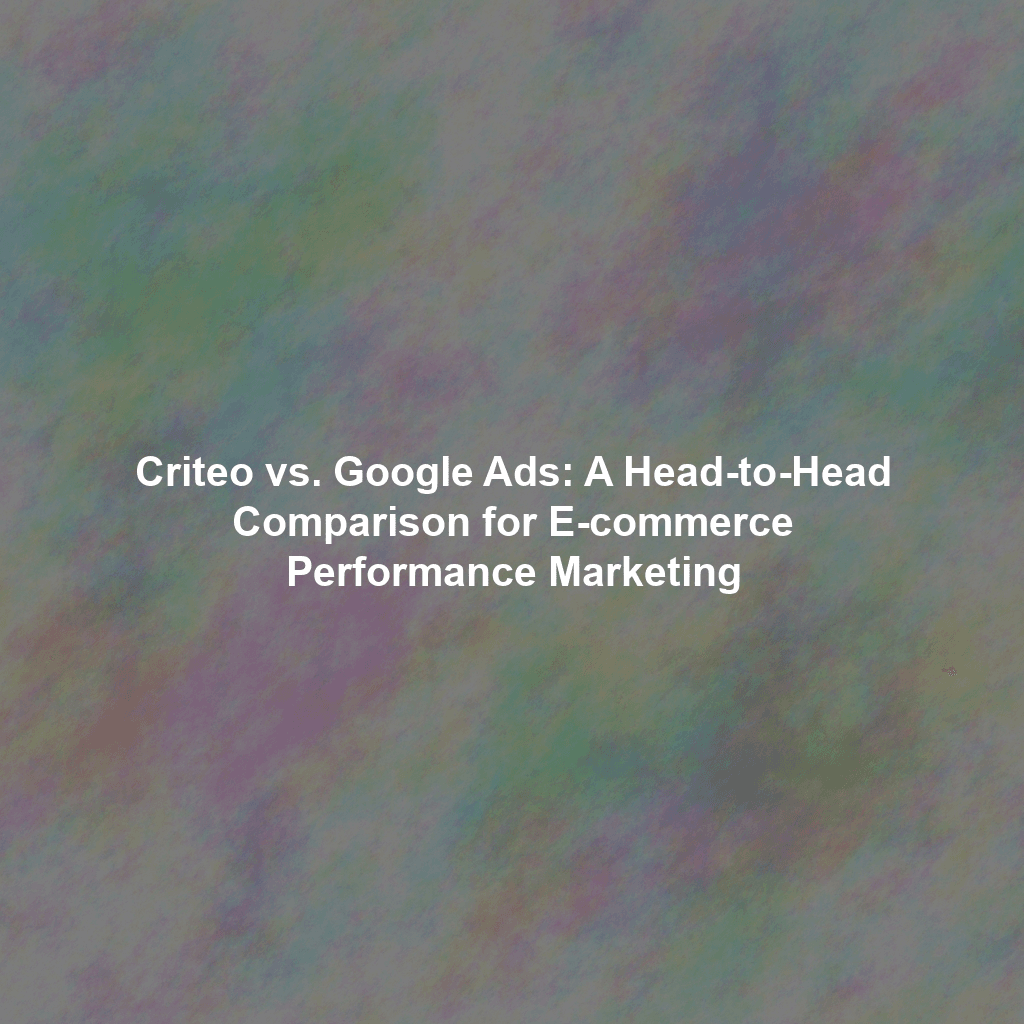At Content Hurricane, we’ve seen firsthand how focusing AI on a single task—like generating content—can create a massive efficiency gain. It’s about leveraging technology to do one thing perfectly, eliminating the friction and wasted time. This same logic is now challenging the entire SaaS market, especially in critical areas like customer relationship management (CRM).
The Hidden Cost of Feature Creep
Everyone talks about the sticker price, but the real cost of complex software goes far deeper. It’s the cost of wasted time, lost momentum, and operational friction. When you look at an enterprise CRM, you’re not just buying software; you’re buying into a system that requires:
- Weeks of setup: Getting the system configured correctly is a project in itself, often requiring professional services. This isn’t a quick sign-up; it’s a months-long implementation that drains resources.
- Endless training: Your team needs to spend days or even weeks learning how to navigate a clunky, overstuffed interface. That’s time they aren’t spending on sales calls or talking to customers.
- Unused features: You’re paying hundreds of dollars per user, per month, for a labyrinth of features—advanced marketing automation, custom dashboards, complex reporting—that your small team simply doesn’t need or have time to use.
This approach is built for companies with hundreds of employees and a separate budget for every function. It’s not built for the lean, agile team trying to grow revenue. The human pain point here is simple: you’re buying a toolkit when you only need a few hammers, and the entire kit is so heavy you can’t even carry it to the job site.
The Alternative: A Focused Approach
The solution isn’t to abandon software; it’s to find tools that respect your time and resources. You need software that gets out of the way and lets you do your job. The new paradigm is about building a lean tech stack where every tool serves a clear, defined purpose. This is where AI-powered writers and simple CRMs fit together perfectly. They are designed for a single goal: to help you execute faster.
Just as AI streamlines the content process, a simple CRM strips out the bloat and focuses on the core tasks that actually drive sales: managing contacts, tracking deals, and communicating with customers.
The Obvious Choice for Sales
Let’s look at the numbers. Most enterprise CRMs charge per seat, pushing costs to over $200 per user. For a five-person team, that’s over $1,000 per month. A CRM like SimpleCRM takes a different approach. It’s a flat fee of $25 a month for the entire team. That’s a 90% cost reduction, but the real value is the simplicity. You can sign up and be active in 15 seconds. There’s no setup, no training, just a tool that works.
Building a Frictionless Workflow
The goal is to create a seamless, end-to-end process that moves a lead from a prospect to a paying customer as efficiently as possible. Here’s how a lean tech stack does it:
- Inbound Engine: An AI blog writer generates high-quality content that drives organic traffic and captures leads.
- First Touch: A lead signs up, and their information is immediately logged into a simple CRM.
- Pipeline Management: Your team uses a tool like SimpleCRM to see every deal in the pipeline, assign tasks, and manage their daily sales activities without any friction.
- Nurturing: You send personalized emails and track engagement, knowing exactly when to follow up and what to say. The SimpleCRM platform makes this effortless.
- Closing: Deals are tracked from start to finish. There’s no ambiguity, just a clear, visual representation of your sales process that allows you to close deals faster.
Every step of this workflow is designed to be as simple as possible. It avoids complex integrations and unnecessary features, so your team can focus on the human side of sales: building relationships.
The Strategic Advantage of Simplicity
The cost savings are undeniable, but the strategic advantage of simple tools is the time they give back. Every minute your sales team isn’t fumbling through a complex interface is a minute they can spend on the phone with a potential customer. Every dollar you save on software can be reinvested in marketing, product development, or hiring.
The business world is moving away from complexity and toward ruthless efficiency. Companies that embrace this shift will outperform those stuck with bloated, expensive software. The best tools are the ones you can pick up and use instantly, and which give you a clear return on investment. They empower your team to focus on the work that actually matters—the work that drives growth.
If your team is being held back by a CRM that’s too complex or too expensive, it’s time to re-evaluate. The path to a more efficient, profitable sales process starts with a tool that works for you, not against you. Check out SimpleCRM.
 Skip to content
Skip to content

